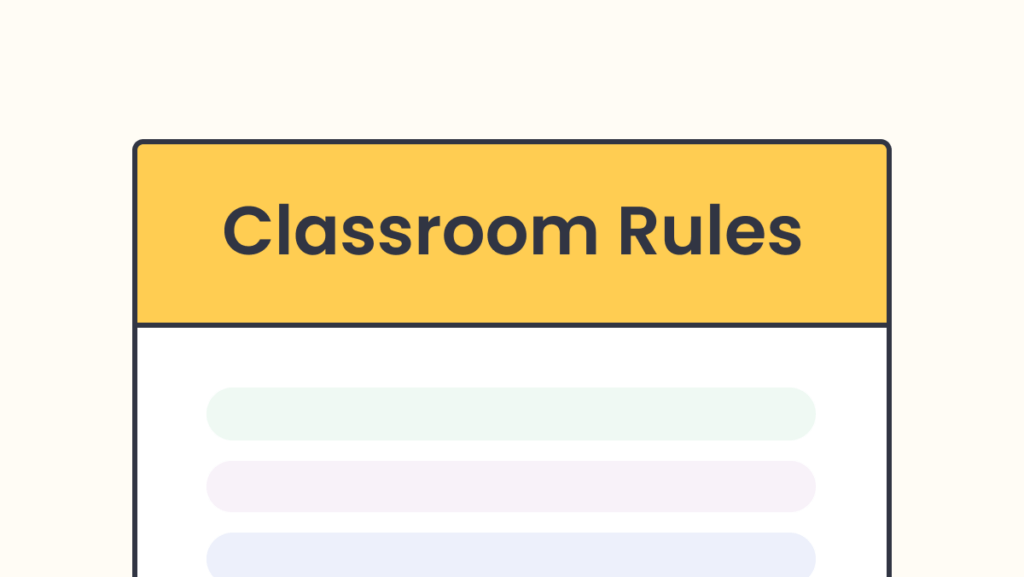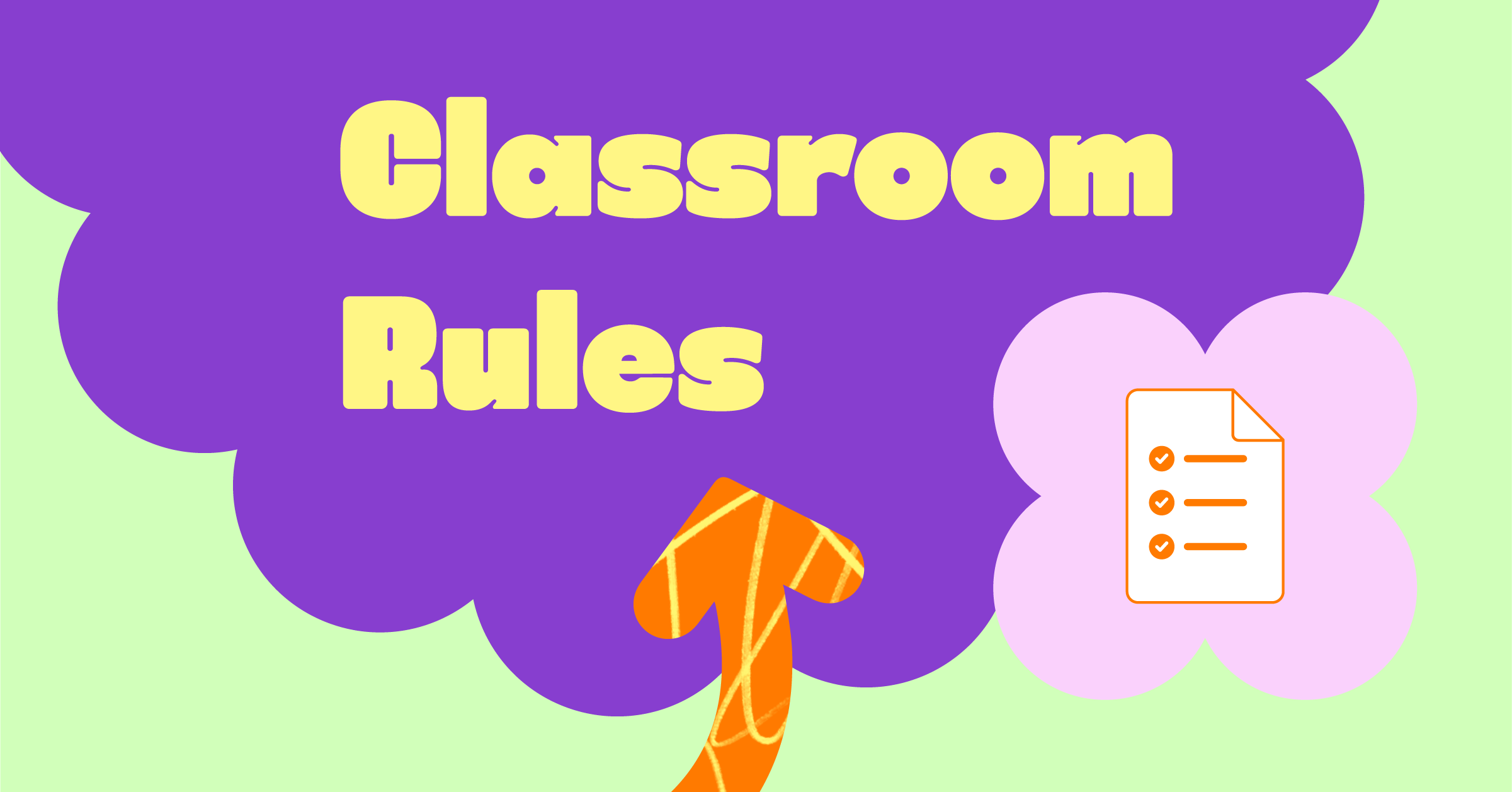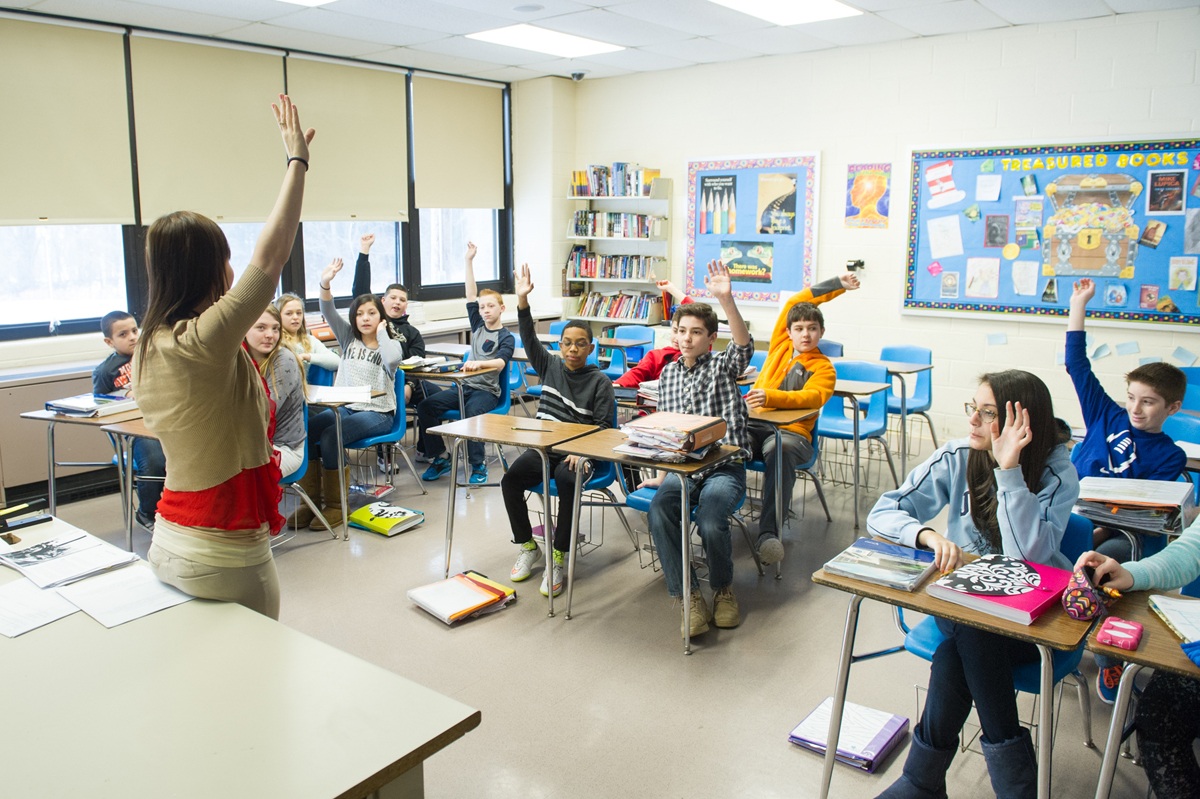
Classroom rules: Basic & Advanced level
Imagine a classroom buzzing with energy, but everyone’s focused and learning. That’s the power of good classroom rules! These aren’t just about being quiet – they’re about creating a safe, respectful, and fun environment where everyone can thrive. Let’s explore why these rules are so important and how they help us all have a fantastic learning experience!

Why are classroom rules important?
Classroom rules are essential for creating a successful and positive learning environment. Here’s why they’re important:
- Safety and Security: Clear rules establish expectations for behavior, minimizing disruptions and preventing accidents. This fosters a safe space where students feel comfortable focusing on learning.
- Respectful Environment: By setting rules about respectful interactions between students and teachers, a positive and inclusive classroom culture is cultivated. Everyone feels valued and can participate without fear of disruption or bullying.
- Effective Learning: Rules minimize distractions and disruptions, allowing students to concentrate on the material being taught. This creates a focused learning environment where students can absorb information and participate actively.
- Improved Behavior Management: Having clear expectations upfront makes it easier to address inappropriate behavior. Students understand the consequences of breaking the rules, and teachers can enforce them consistently.
- Empowering Students: When students understand what is expected of them, they feel empowered to take responsibility for their own learning and behavior. This fosters a sense of ownership and self-discipline.
- Develops Life Skills: Following classroom rules teaches students valuable life skills like responsibility, self-control, and respect for authority. These skills translate well into their personal and professional lives beyond the classroom.
- Clear Communication: Rules establish clear communication between teachers and students. Everyone understands what is acceptable and what is not, leading to fewer misunderstandings and frustrations.
Effective classroom rules are not rigid or restrictive. They should be developed collaboratively with students (when age-appropriate) to foster a sense of ownership and buy-in. By creating a clear framework for behavior, classroom rules pave the way for a productive and positive learning environment where all students can thrive.

Some basic classroom rules and reasons
Here are some basic classroom rules with explanations for why they’re important:
Respect:
- Treat others with respect: This includes classmates, teachers, and guests. It fosters a positive and inclusive environment where everyone feels comfortable participating.
- Listen attentively when others are speaking: This shows respect and allows everyone to learn from each other.
Participation:
- Raise your hand to speak: This ensures everyone gets a chance to be heard and prevents talking over others.
- Be prepared for class: This means coming to class with all necessary materials and being ready to learn. It maximizes learning time for everyone.
Responsibility:
- Complete assignments on time and to the best of your ability: This fosters a sense of responsibility and ownership of learning.
- Take care of classroom property and materials: This shows respect for shared resources and creates a pleasant learning environment for everyone.
Safety:
- Follow safety guidelines: This could include lab safety rules, fire drills, or appropriate behavior in the classroom to prevent accidents.
- Keep hands, feet, and objects to yourself: This minimizes distractions and prevents potential injuries.
Focus:
- Minimize distractions during class time: This includes putting away electronic devices and avoiding unnecessary talking. It allows everyone to focus on the lesson and maximize learning.
- Be on time for class and avoid unnecessary tardiness: This shows respect for the teacher’s time and minimizes disruption to the flow of the lesson.
Some advanced classroom rules and reasons
While basic classroom rules establish a foundation for order and respect, advanced rules can take your classroom to the next level by promoting critical thinking, collaboration, and independent learning.
- Challenge yourself and others to think critically: This rule encourages students to go beyond simply memorizing facts and to analyze information, ask questions, and offer well-supported arguments. It fosters deeper understanding and intellectual curiosity.
- Embrace respectful disagreement: This rule encourages students to voice their opinions and engage in respectful debate. It teaches them to consider different perspectives and develop their communication skills.
- Take ownership of your learning journey: This rule empowers students to set personal learning goals, seek clarification when needed, and reflect on their progress. It fosters a sense of responsibility and intrinsic motivation for learning.
- Contribute actively to collaborative learning: This rule encourages students to work effectively in teams, share ideas, and support their peers. It develops collaboration skills and allows students to learn from each other.
- Learn from mistakes, yours and others’: This rule creates a safe space where mistakes are seen as learning opportunities. Students are encouraged to analyze their errors and learn from them, fostering resilience and growth.
- Use technology responsibly and ethically: This rule addresses the growing importance of technology in education. It teaches students responsible digital citizenship practices, including proper citation, avoiding plagiarism, and using technology ethically.
- Practice self-assessment and identify areas for improvement: This rule promotes metacognition, or “thinking about thinking.” Students learn to evaluate their own understanding and identify areas where they need to focus more effort.
- Contribute to a positive and inclusive classroom climate: This rule goes beyond simple respect and encourages students to actively create a welcoming environment for everyone. It promotes understanding of diverse perspectives.
See also: Beyond Fun: The Unexpected Benefits of Game-Based Learning
Primary Degree classroom rule SAMPLE

Here’s a sample of classroom rules designed for a primary degree classroom (ages 5-10ish) that are clear, positive, and easy for young students to understand:
- Be kind and use friendly words: This promotes a positive and inclusive classroom community.
- Listen quietly when others are talking: This shows respect for your classmates and teacher and allows everyone to learn.
- Raise your hand if you need to speak or ask a question: This ensures everyone gets a chance to be heard and prevents talking over others.
Responsibility:
- Come to class on time and prepared: This means having all your supplies (books, pencils, etc.) and being ready to learn.
- Take care of your belongings and classroom materials: This shows respect for shared resources and keeps the classroom tidy.
- Complete assignments to the best of your ability: This fosters a sense of responsibility and ownership of learning.
Focus and Learning:
- Follow directions the first time you hear them: This helps learning run smoothly and minimizes disruptions.
- Work quietly during learning activities: This allows everyone to focus and learn effectively.
- Do your best and ask for help if you need it: This encourages students to be independent learners and not be afraid to seek clarification.
Safety:
- Walk calmly inside the classroom: This avoids accidents and keeps everyone safe.
- Keep hands, feet, and objects to yourself: This minimizes distractions and prevents potential injuries.
- Follow safety rules during activities (e.g., art class, gym class): This ensures everyone stays safe while exploring different learning experiences.
Bonus Rule:
- Have fun and learn lots! This positive reinforcement encourages a love of learning and creates a joyful learning environment.
